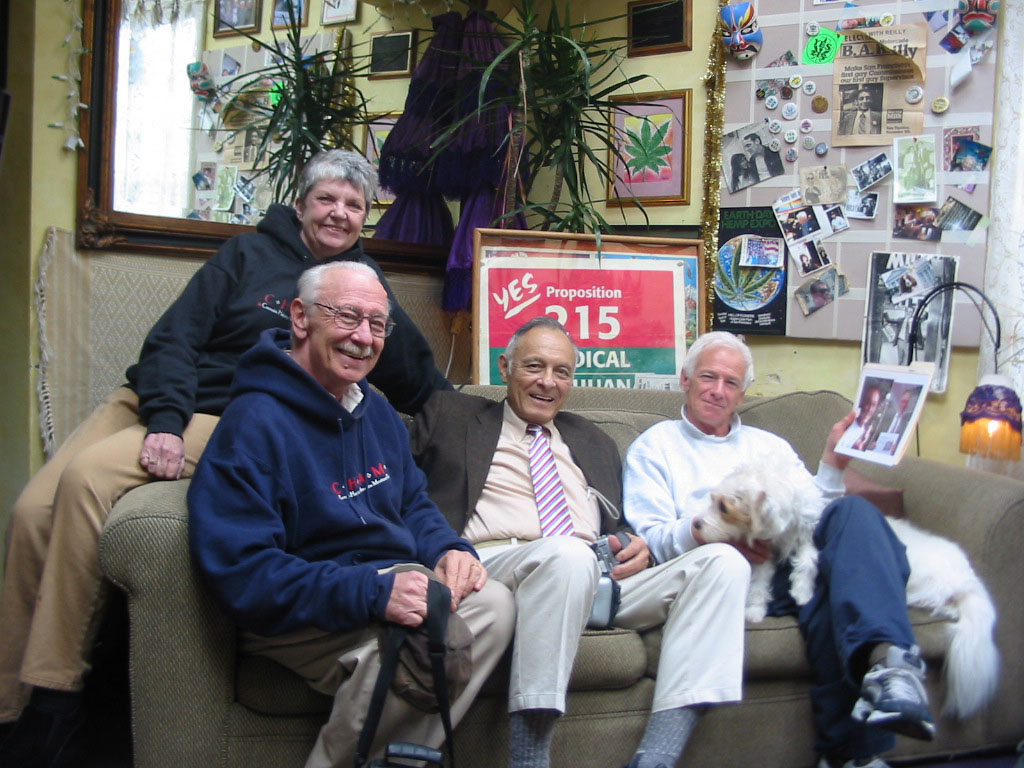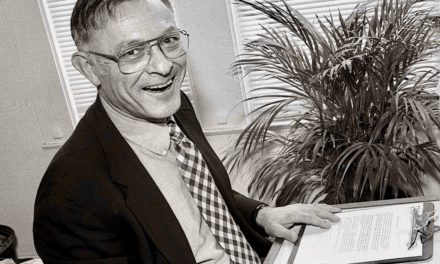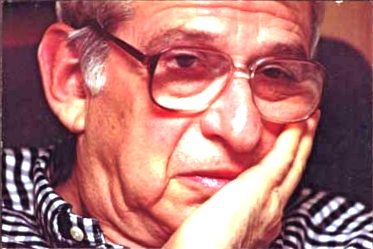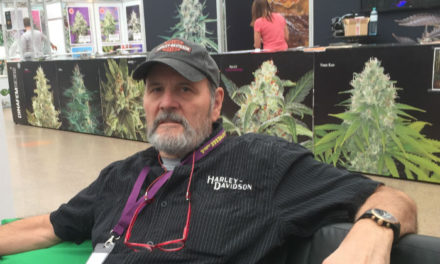February 28, 2020 Archivist John Rees of the National Library of Medicine today notified the Mikuriya family that Tod’s voluminous papers and souvenirs have been organized and are now available to researchers who want to delve into the life of the “the doctor who believed his patients” (to quote his friend Michael Aldrich).
Tod’s sister Mary Jane (!) sent an email of thanks to Rees in the old Western Union format: “CONGRATULATIONS MAKING ARCHIVES OUT OF ALL THE ITEMS SENT TO YOU IN SUCH A DISARRAY.” It had been almost 12 years since Mikuriya’s documents and memorabilia were sent off to Washington, as reported here.
The NLM announcement follows, and then O’Shaughnessy’s retrograde message.

National Library of Medicine MS C 633 Box 121, FF 2
By Megan O’Hern and John P. Rees
Researchers interested in the history of marijuana and medicine will appreciate learning about the Tod Mikuriya Papers (1933–2015), a newly-available archival collection here at the National Library of Medicine (NLM). Tod Mikuriya (1933–2007) was a psychiatrist and medical marijuana activist. In addition to his work in addiction medicine and biofeedback, he is well-known for compiling Marijuana: Medical Papers, 1839–1972, a master bibliography of historical resources on marijuana, and for campaigning for California Proposition 215 (Prop 215) which legalized medical marijuana in the state in 1996. Dr. Mikuriya conducted research on marijuana use and founded the California Cannabis Research Medical Group, a non-profit educational organization.
Archivists at NLM have completed a finding aid—a detailed research guide to assist individuals in exploring and understanding archival materials—for the collection, which is organized into 137 boxes and a map drawer. Materials range through writings, correspondence, subject files, reprints, research files, business documents, clippings, photographs, audiovisual records, and memorabilia that document the professional career and medical marijuana advocacy activities of Dr. Mikuriya. A highlight of the collection are the extensive ephemera and artifacts related to medical marijuana and medical activism.
Tod Hiro Mikuriya (1933–2007) was born in Pennsylvania to Anna Schwenk Mikuriya, a German immigrant and teacher, and Tadafumi Mikuriya, a descendant of a Japanese samurai family and civil engineer. In 1951, Dr. Mikuriya graduated from the George School, a private Quaker preparatory school. He initially attended Haverford College but was expelled during his junior year. He went on to graduate with his bachelor’s degree from Reed College in Oregon in 1956. He was drafted into the Army in 1957 and served as an attendant at Brooke Army Hospital psychiatric ward at Fort Sam Houston in Texas. Dr. Mikuriya earned his M.D. from Temple University in 1962 and completed his internship at Southern Pacific Hospital in San Francisco, California. He completed residencies in psychiatry at Oregon State Hospital and Mendocino State Hospital.
Dr. Mikuriya directed the drug addiction treatment center of the New Jersey Neuropsychiatric Institute in Princeton, New Jersey between 1966–1967. In 1967, he became the director of non-classified marijuana research for the National Institute of Mental Health (NIMH) Center for Narcotics and Drug Abuse. While at NIMH, Dr. Mikuriya collected historical literature on marijuana found in the National Library of Medicine’s holdings. This collection of literature would become the basis for Marijuana: Medical Papers, 1839–1972, a master bibliography of historical literature on marijuana which Dr. Mikuriya self-published in 1972. Dr. Mikuriya left NIMH due to the agency’s disinterest in funding research which highlighted potential benefits of cannabis.
After leaving NIMH, Dr. Mikuriya relocated to California where he continued working on publishing Marijuana: Medical Papers. Dr. Mikuriya also worked for the Alameda County Alcoholism Clinic and for the state’s Department of Rehabilitation. In 1970, he began working as a staff psychiatrist at the Everett A. Gladman Memorial Hospital, the first inpatient psychiatric facility in Northern California. While there, he conducted research projects on schizophrenia. During the 1970s, Dr. Mikuriya also served as Chair of the Department of Psychiatry at the Eden Medical Center. By the mid-1970s, Dr. Mikuriya began providing biofeedback therapy for his psychiatry patients out of an office at the Claremont Hotel through his self-founded company Mikuriya Data Systems.
During the 1980s and 1990s, Dr. Mikuriya became an active pro-cannabis political activist. He participated in several pro-Cannabis groups including NORML (the National Organization for the Reform of Marijuana Laws) and Amorphia (a cannabis co-op). Dr. Mikuriya also actively campaigned for local legislation to make marijuana more accessible, most notably California Proposition 215 which legalized medical marijuana in California in 1996. Dr. Mikuriya was involved with various Cannabis Buyers’ Clubs (CBCs), especially the San Francisco Cannabis Buyers’ Club (SFCBC), the first public marijuana dispensary in the United States. Dr. Mikuriya helped draft forms for the SFCBC and interviewed patients for a study that he titled “Cannabis Medicinal Uses at a ‘Buyers’ Club.”
The following are a small sample of the voluminous and wide-variety of stickers, buttons, pins, fliers, clothing, and other ephemera found in the collection representing a diversity of health activism issues and related products collected by Mikuriya.
After the passage of Proposition 215 and the Compassionate Use Act in 1996, Dr. Mikuriya wrote protocols for other cannabis buyers’ clubs while continuing to see patients out of his home. Dr. Mikuriya began a large data collection project tracking California counties’ implementation of and compliance with the Compassionate Use Act. In the early 2000s, Dr. Mikuriya founded the California Cannabis Medical Research Group, a non-profit organization which sought to educate physicians about medical marijuana.
Dr. Mikuriya faced many consequences for his activism and for prescribing medical marijuana to his patients. After his public campaign for Prop 215, he lost his office at the Claremont Hotel and his practice underwent a Medicare audit. In 2000, the Medical Board of California accused Dr. Mikuriya of recommending cannabis without first conducting proper physical examinations. In 2004, after a lengthy investigation, the Medical Board placed Dr. Mikuriya under probation.
Dr. Mikuriya died at his home in Berkeley, California in May 2007 after being diagnosed with lung cancer.
Megan O’Hern is a Contract Archivist for the Archives and Modern Manuscripts Program in the History of Medicine Division at the National Library of Medicine. She works for History Associates Inc.
John P. Rees is Archivist and Digital Resources Manager for the Archives and Modern Manuscripts Program in the History of Medicine Division at the National Library of Medicine.
Retro Message by Fred Gardner
The NLM announcement did not identify Tod as the founder of the Society of Cannabis Clinicians (SCC) and O’Shaughnessy’s —two institutions that continue to reflect his influence. The original name of the doctors’ group is mentioned in the NLM announcement, but readers don’t know that in 2004 the CCRMG became the SCC, which now has 426 members in 18 countries. The name was changed when some members pointed out that “Medical Group” implied that they were practicing in the same building; and besides, their ambitions were national. Defining the group Tod launched as “a non-profit educational organization” is accurate but doesn’t convey the major role it would play in educating and supporting doctors who incorporate cannabis into their practice. The NLM announcement should include a link to the SCC website.
O’Shaughnessy’s also deserved a mention in the NLM list of Tod’s major accomplishments. He knew that an emerging medical specialty would call for a journal in which relevant findings and observations could be published and shared.
That said, no one is gladder than me that Tod Mikuriya, MD, a friend I still miss every day, is getting proper respect from the National Library of Medicine. I thank John Rees for making it happen and for his prompt help whenever I hit him up with a journalist’s inquiry. I got the sense that, to some extent, organizing the Mikuriya archive has been a labor of love on Rees’s part. I look forward to learning a lot from the researchers who can now examine this unique treasure trove of materials.
After Tod died, O’Shaughnessy’s published an issue in his honor (Winter/Spring 2008). In it I listed the many facets of Tod’s involvement in the medical marijuana movement:
“as a physician treating patients, a historian recovering the pre-prohibition literature, a researcher documenting the astonishing range of conditions that people were treating with cannabis, an organizer (founder of the Society of Cannabis Clinicians), an engaged citizen intent on implementing the law (Prop 215, which he had helped draft), and an educator sharing his singular knowledge with patients, colleagues, and the community at large.”
The NLM announcement reminded me that I left out an important aspect of his contribution to the movement. Tod was also a serious collector, conscious that he and his colleagues and his patients and allies were making history. That’s why he saved so many relevant artifacts. Have at it, scholars!
Below is a photo from the Gardner archive, taken in April 2006, of Tod with his very close friends Michelle and Mike Aldrich and Dennis Peron. The occasion was a goodbye party Dennis threw for Tod, who then had a surprising and productive year of remission. He resumed seeing patients at his old pace and was lead author on a Survey of SCC Doctors —a paper so ahead of its time, I think, that all the published studies in the coming Era of Clinical Trials will only serve to confirm its conclusions about the usefulness of cannabis in treating various conditions.
.
—The Grateful Fred




















